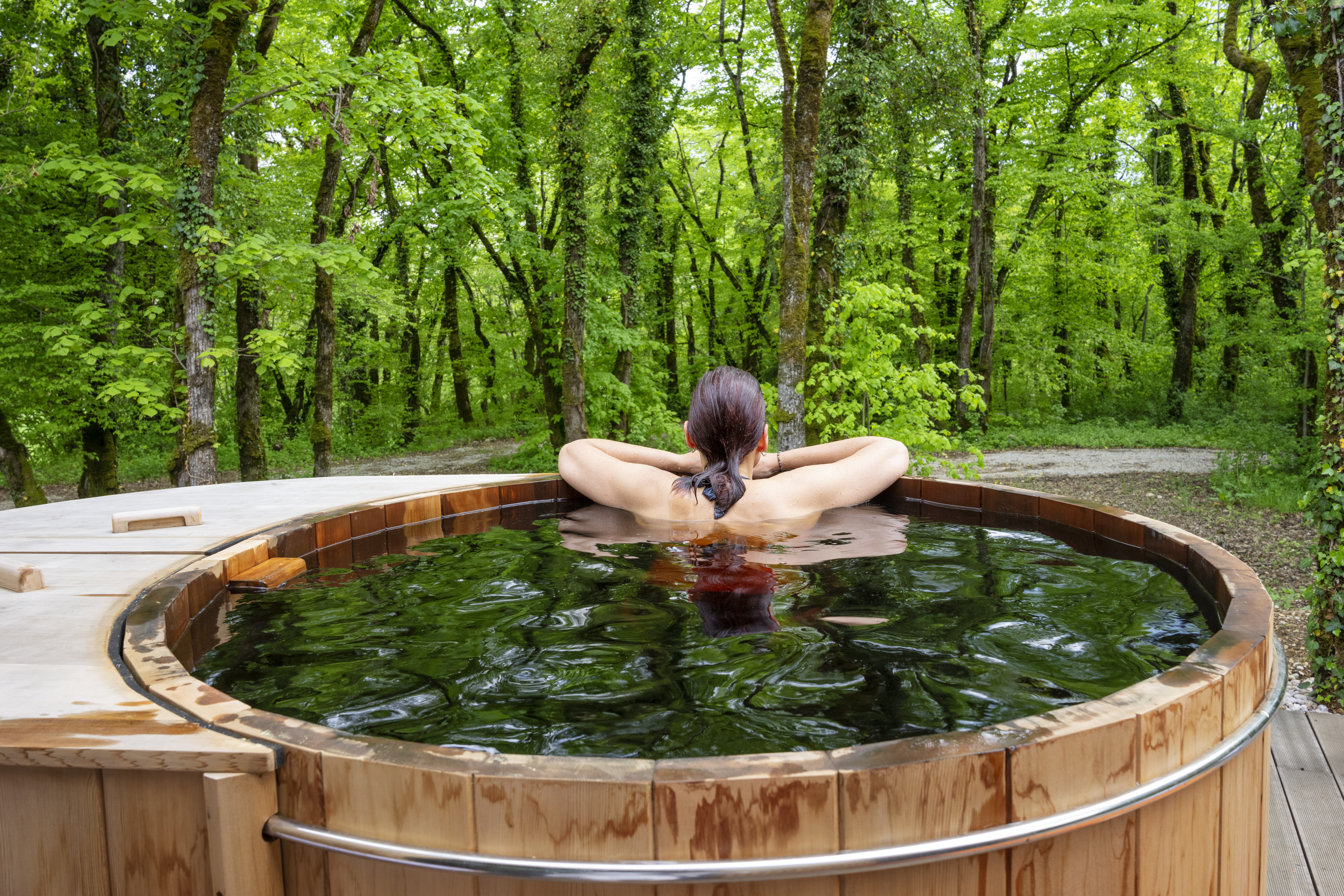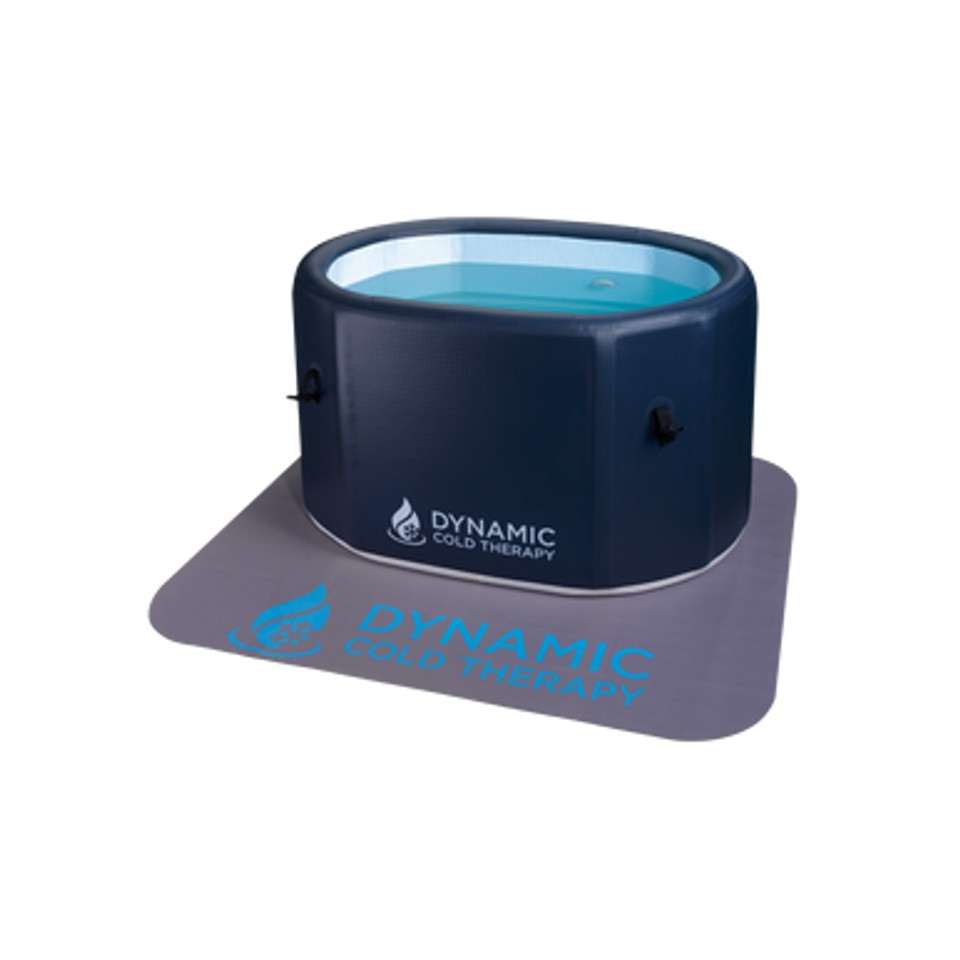Cold Plunge Tub to Help Relieve Migraine Naturally
- Cold exposure numbs nerves, reduces inflammation, and lowers stress, which may help migraine sufferers.
- Techniques like cold plunges, cryotherapy, and stimulating the vagus nerve are gaining popularity for migraine relief.
- Cold therapy works best when paired with medication but can trigger migraines for some due to sudden cold shocks.
- Consult a healthcare professional before trying cold therapy for migraines.
Living with migraines is no walk in the park. In the U.S. alone, about 1 in 6 adults suffers from migraines or severe headaches. Migraine attacks are often utterly debilitating, disrupting daily life seriously, especially if you are in a field that involves constant use of the brain.
In fact, according to the World Health Organization (WHO), migraines rank as one of the most disabling conditions, comparable to dementia, in their ability to derail a person’s quality of life.—yes, it’s that serious.
What’s frustrating is that migraines don’t come with a one-size-fits-all solution. There’s no permanent cure, and their causes remain complex. Most sufferers, however, are well-acquainted with their triggers, which can range from stress and hormonal shifts to certain foods and sleep disruptions.
For some people, relief comes in surprising forms—like cold exposure.
Be it through cryotherapy, cold plunges, or a simple ice pack, the cooling effect has caught the attention of migraine sufferers and scientists alike. Because less time battling migraines means fewer awkward HR conversations about your “sick days.”
So, let’s see how cold might help ease your headaches in the light of both the science and personal experiences of people.
How Cold Plunge Work On Migraine Pain
At its core, cold water exposure works its magic by numbing nerve activity, which reduces pain perception, but the benefits don’t stop there. Ice baths also have anti-inflammatory effects, which can calm down the swollen blood vessels often responsible for the throbbing pain of a migraine.
Cold plunge therapy has also been shown to reduce stress, which is a common migraine trigger.
According to anecdotal reports, people who regularly practice cold plunges or cryotherapy experienced fewer migraine days, improved mood, and even higher energy levels.
For example, online forum discussions reveal that some migraine sufferers swear by alternating infrared sauna sessions with cold plunges. They’ve noticed reduced migraine frequency, less joint pain, and even improved tolerance to their medications.
Speaking of which, combining cold therapy with prescribed treatments often results in quick medicine response time, as per one of the research published by NIH.
Even cryotherapy—where your body is briefly exposed to sub-freezing temperatures—has proven helpful for some. Though not identical to a cold plunge, cryotherapy offers a controlled environment with similar benefits, reducing migraine severity and helping patients manage their condition more effectively.
The Vagus Nerve Connection
Ever heard of the vagus nerve? It’s a key player in controlling inflammation and pain, both of which are central to migraines. Cold exposure techniques, such as the Wim Hof Method (a mix of breathing exercises and cold water immersion), are thought to stimulate this nerve, potentially reducing migraine symptoms.
One anecdotal example is of an individual who practiced a 3-minute plunge daily in 40°F water. Within three weeks, the sufferer noticed a significant drop in his reliance on migraine medication. He also reported better focus, mood, and overall well-being.
What Science Says
Apart from the personal experiences of individuals around the globe, the National Institute of Health (NIH) has also weighed in on the matter. In a study using cold caps, participants experienced a significant reduction in headache severity after just 25 minutes of therapy. Pain scores (VAS scale) dropped from an average of 7.89 to 5.54—impressive, right?
Cold therapy doesn’t just work on its own, though. Pairing it with traditional migraine treatments often yields better results. While the exact reason for this synergy remains a mystery, we believe the anti-inflammatory and numbing effects of cold likely play a big role.
Can Cold Exposure Trigger Migraines?

Now, before you start filling your bathtub with ice cubes, it’s important to know that cold exposure isn’t for everyone.
Sudden or extreme cold exposure can act as a trigger rather than a remedy because sudden weather changes account for one of the prominent triggers of migraine. So, if you are someone with heightened sensitivity to temperature changes, the shock of cold can lead to muscle tension, which might aggravate an already sensitive migraine situation.
However, this does not mean you cannot experiment with cold at all; the experiment should be intentional and not haphazard.
Gradual exposure to cold might help you avoid muscle tension. So, try using a temperature-controlled water tub/ barrel to ease your body into the practice. And, of course, consulting with a healthcare provider before starting any new treatment is always a wise move.
Key Takeaways
- Cold exposure can reduce inflammation, numb nerve activity, and lower stress, providing relief for many migraine sufferers.
- Techniques like cold plunges, cryotherapy, and vagus nerve stimulation show good results in reducing migraine frequency and severity.
- Research has shown a significant decrease in medicine response time when coupled with cold therapy.
- Cold therapy works best when combined with traditional migraine medications for improved results.
- For some, cold exposure can act as a trigger due to sudden shocks, cold intolerance, and vertigo, so a gradual introduction is essential.
- For a gradual introduction to cold temperatures, you can use inflatable, temperature-controlled water tubs.
- Always consult with a healthcare professional before beginning cold therapy to ensure it’s a safe option for your migraine type.

